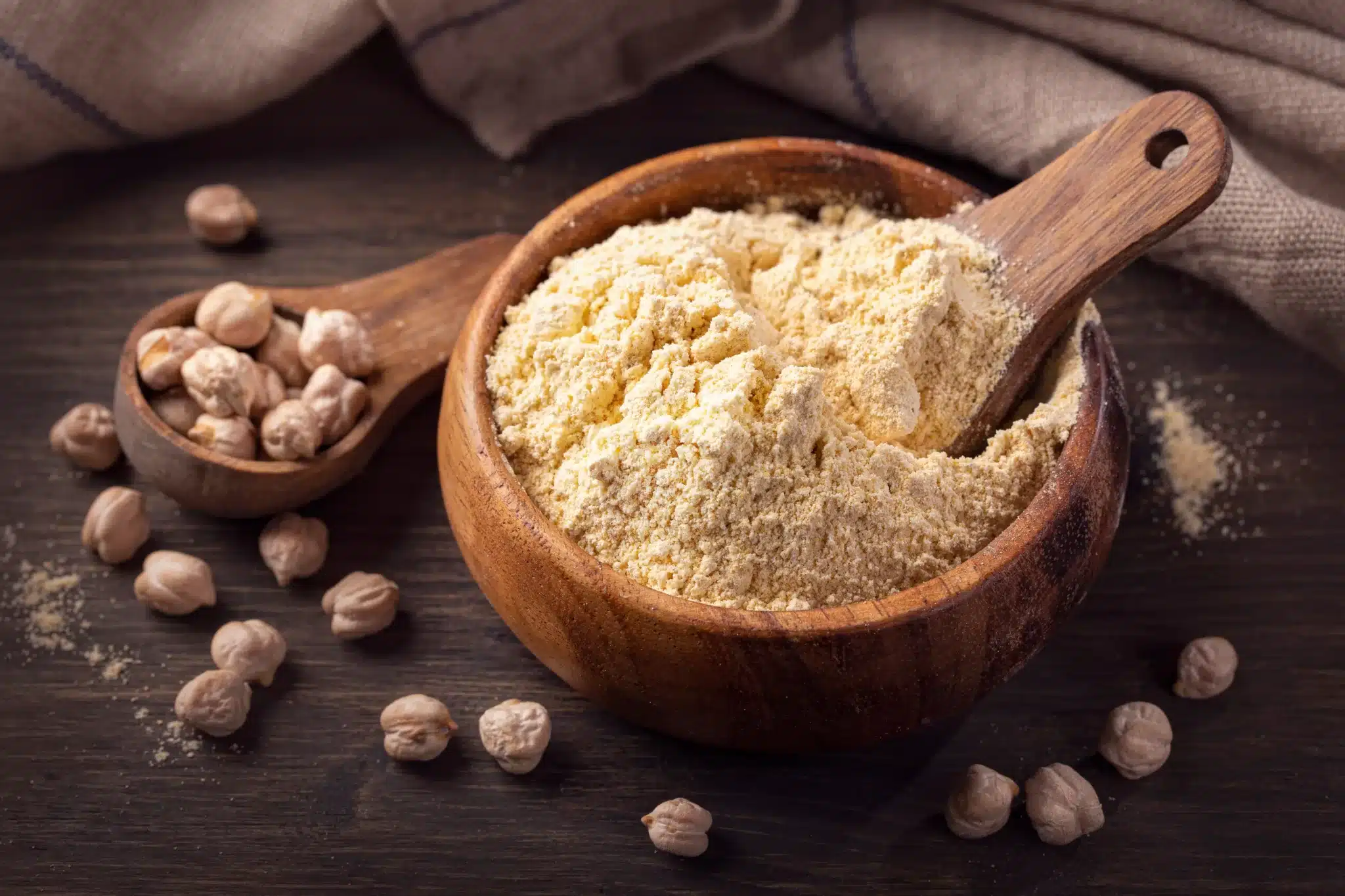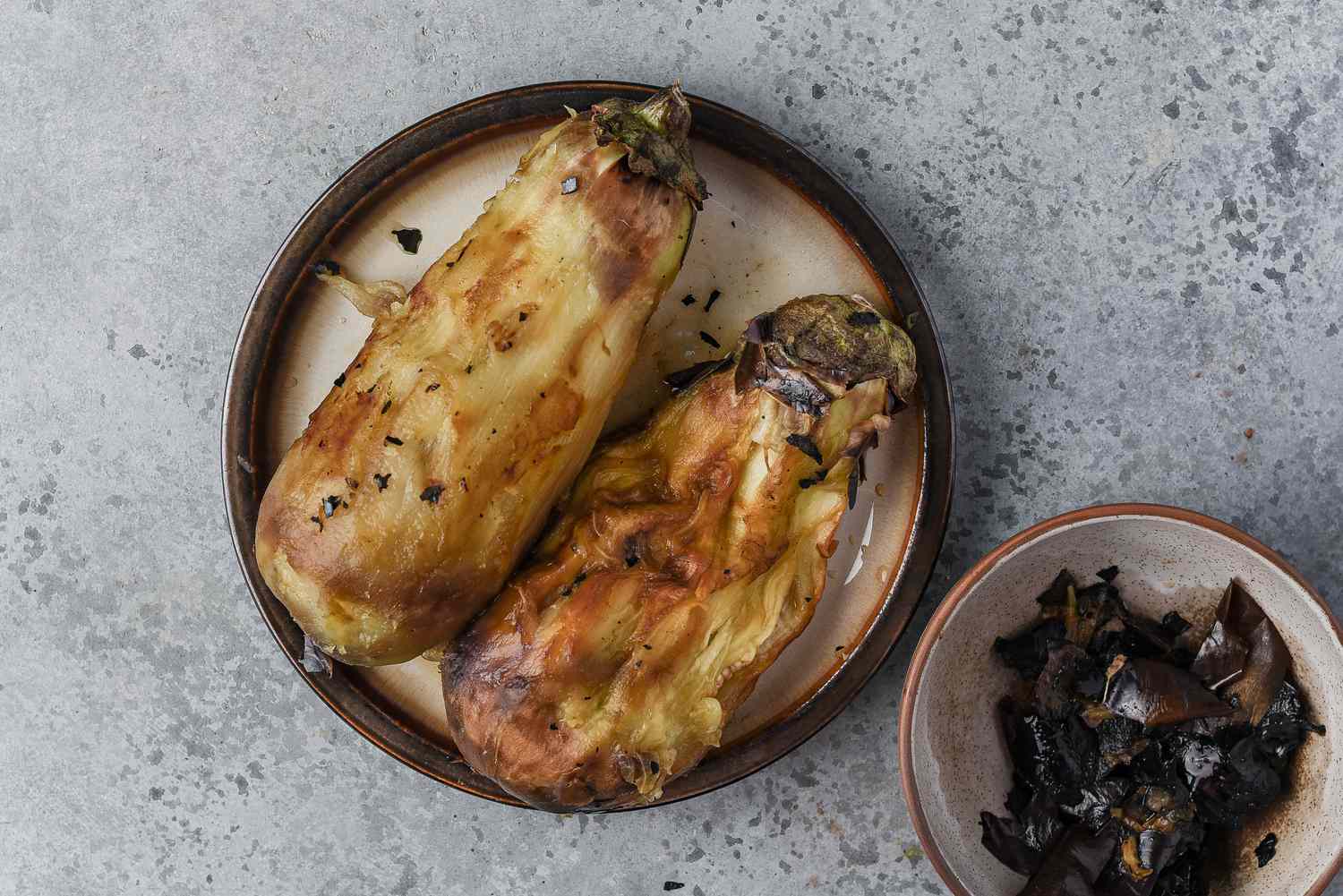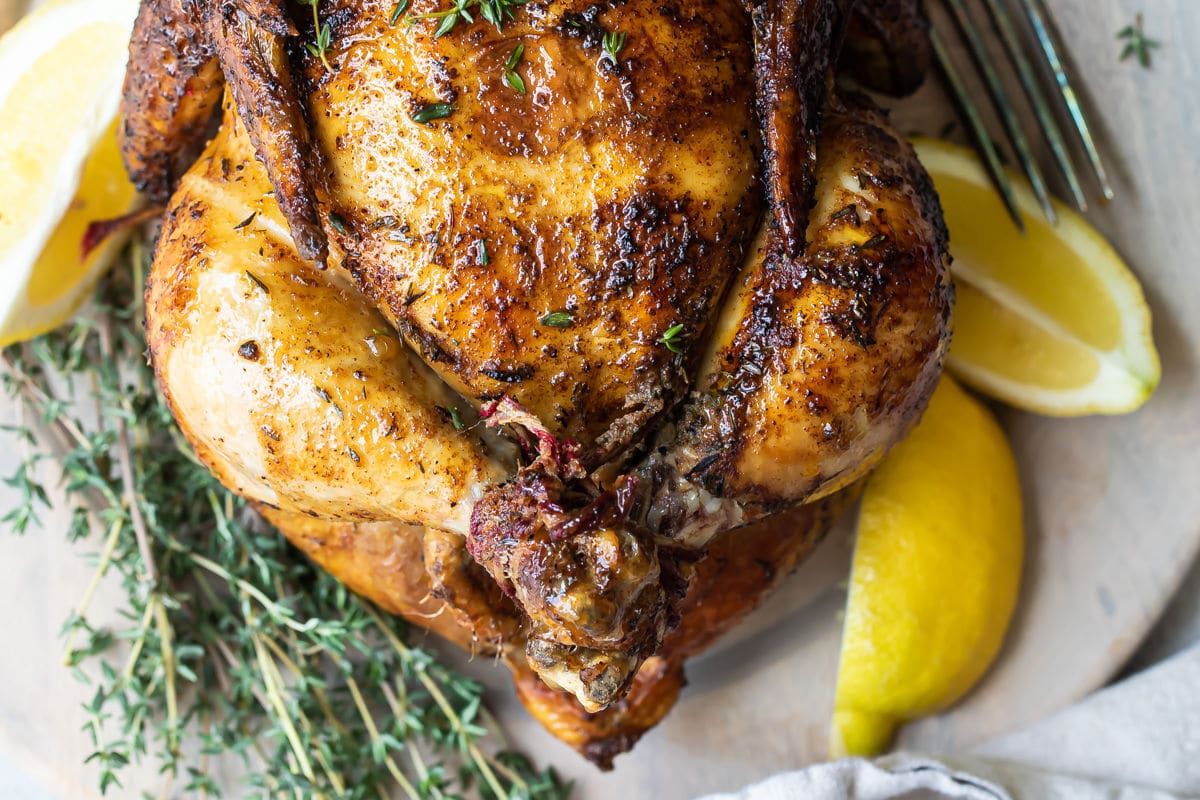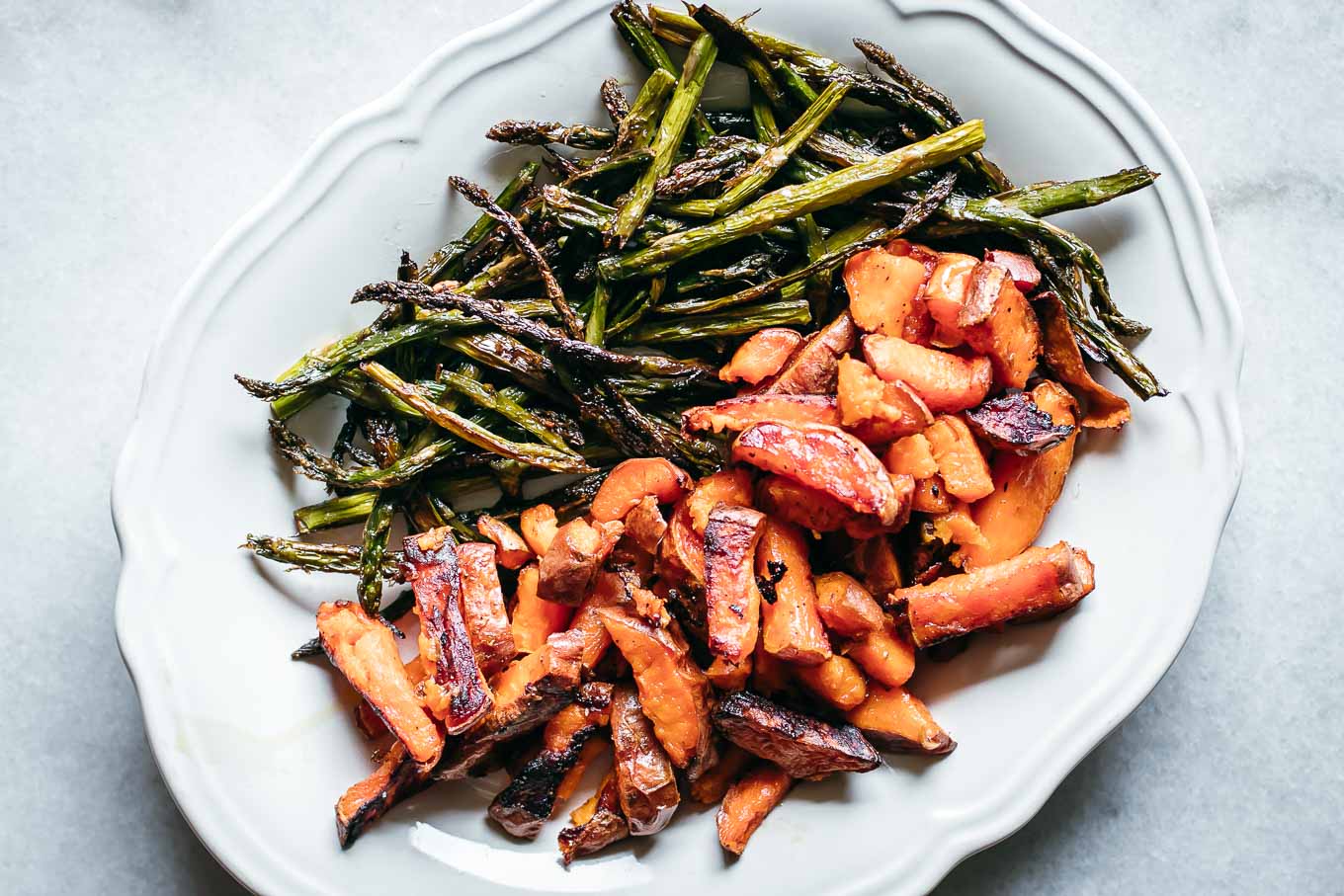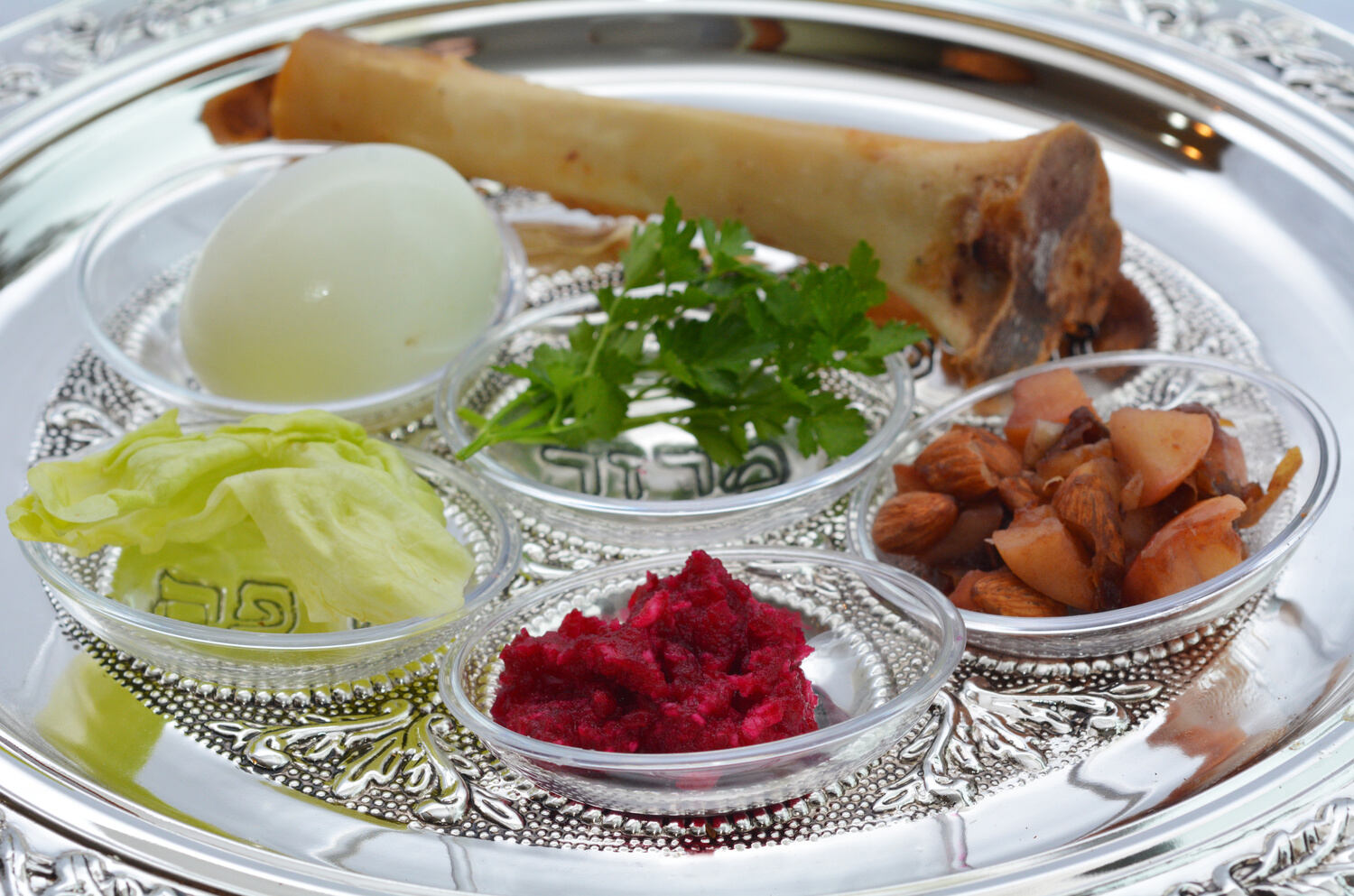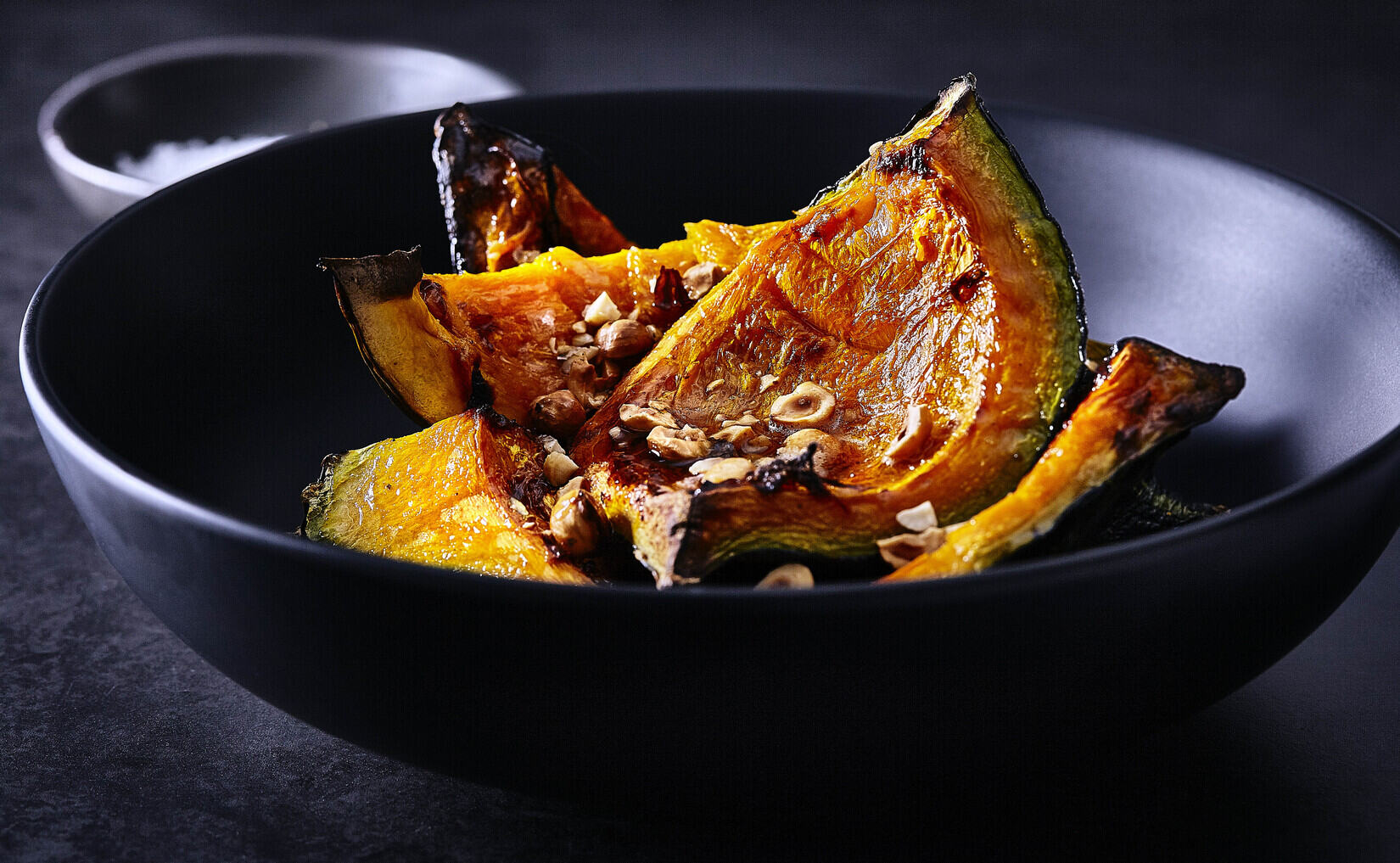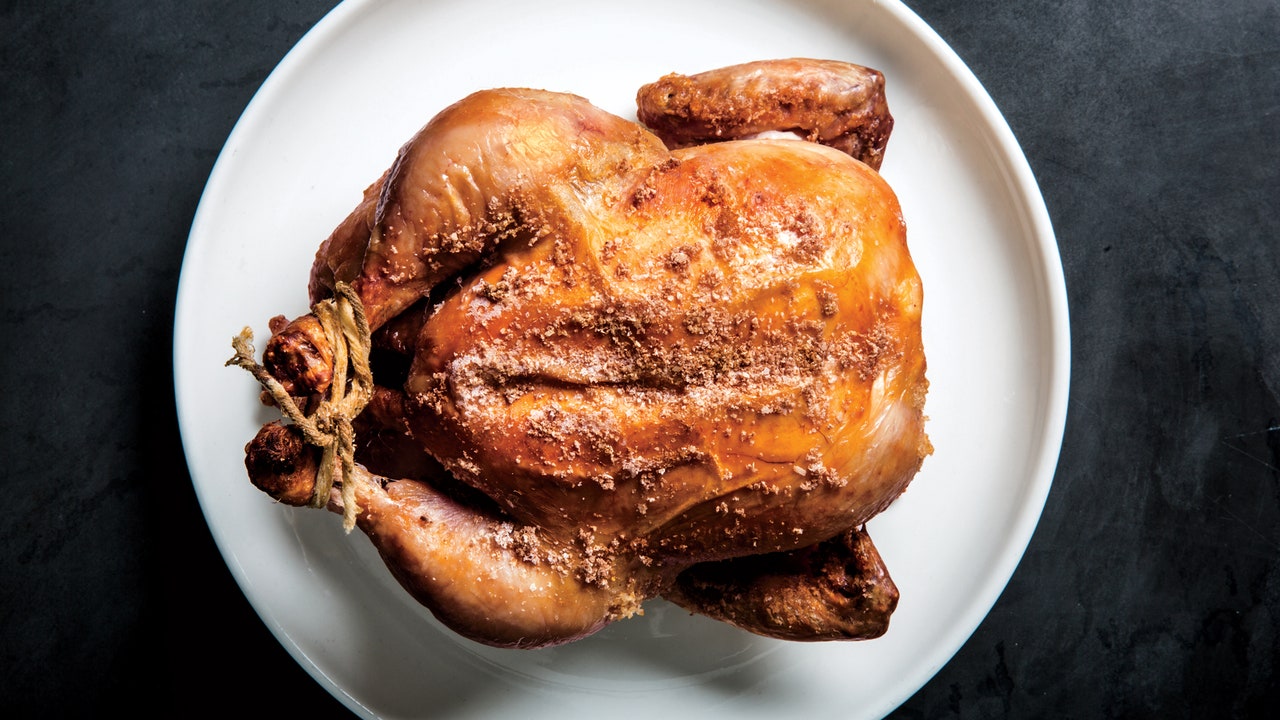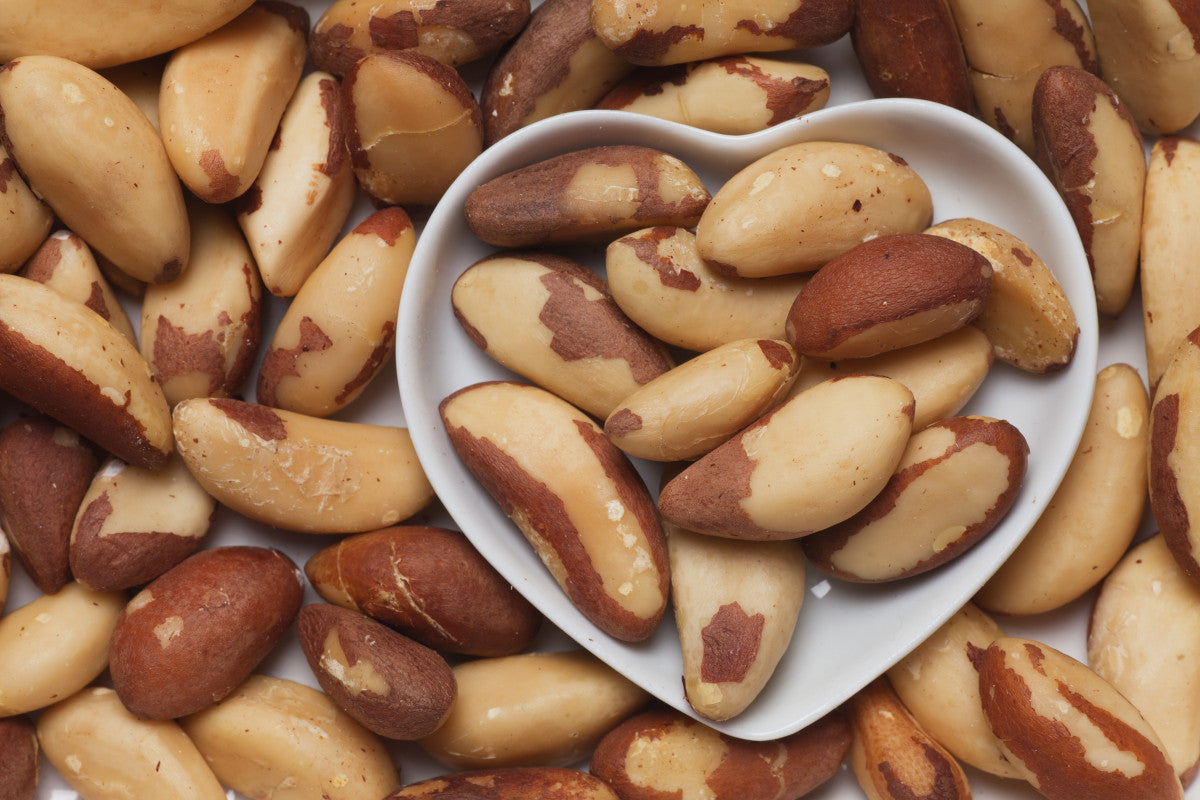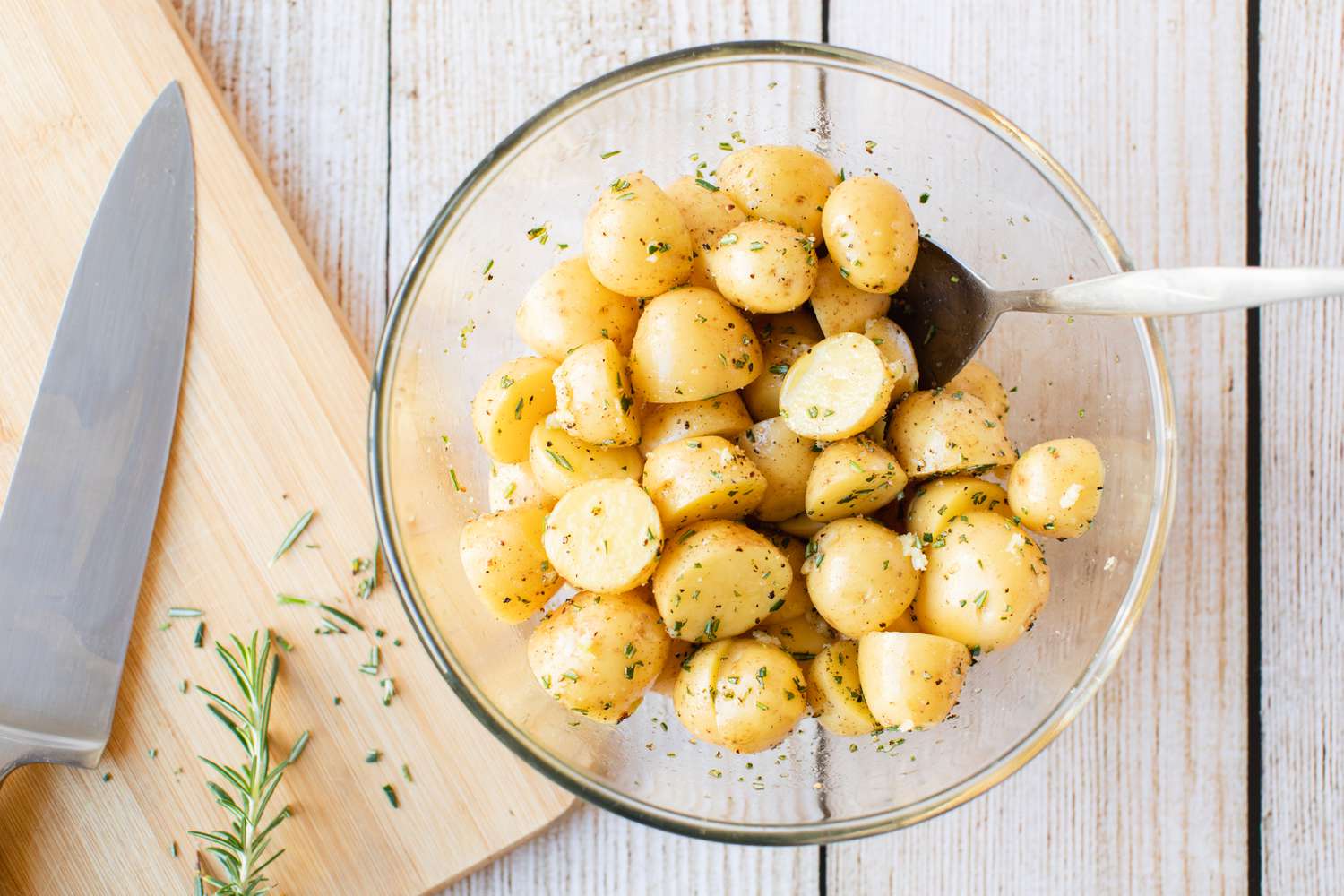Roasting a Gammon Joint Without Boiling
Roasting a gammon joint without boiling it is a delicious way to prepare this flavorful cut of meat. By using the roasting method, you can enhance the natural flavors of the gammon joint and create a succulent, tender dish that is perfect for any occasion. Whether you’re hosting a dinner party or simply craving a comforting meal, roasting a gammon joint is a great option.
Choosing the Right Gammon Joint
When it comes to roasting a gammon joint, selecting the right cut of meat is essential. Look for a gammon joint with a good layer of fat, as this will help keep the meat moist and add flavor during the roasting process. Additionally, consider the size of the joint based on the number of people you plan to serve. A general rule of thumb is to allow for about 200-250g per person.
Preparing the Gammon Joint
Before roasting, it’s important to prepare the gammon joint properly to ensure a delicious end result. Follow these steps to prepare the gammon joint for roasting:
- Preheat the oven to 180°C (350°F).
- Score the fat on the gammon joint with a sharp knife to help the flavors penetrate the meat.
- Place the gammon joint in a roasting tray, and season with your choice of herbs and spices. Popular options include black pepper, cloves, and brown sugar for a hint of sweetness.
- Cover the gammon joint with foil to help retain moisture during the roasting process.
Roasting the Gammon Joint
Once the gammon joint is prepared, it’s time to roast it to perfection. Follow these steps to achieve a mouthwatering result:
- Place the prepared gammon joint in the preheated oven.
- Roast the gammon joint for approximately 20 minutes per 450g (1lb) of meat, plus an additional 20 minutes.
- During the roasting process, baste the gammon joint with its own juices to enhance the flavors and keep the meat moist.
- Remove the foil during the final 30 minutes of roasting to allow the fat to crisp up and the glaze to develop.
Testing for Doneness
It’s important to ensure that the gammon joint is cooked to perfection before serving. Use a meat thermometer to check the internal temperature of the meat. The gammon joint is ready when the internal temperature reaches 60°C (140°F).
Serving the Roasted Gammon Joint
Once the gammon joint is cooked to perfection, allow it to rest for a few minutes before carving. This will help the juices redistribute, resulting in a more succulent and flavorful dish. Serve the roasted gammon joint with your choice of sides, such as roasted vegetables, mashed potatoes, or a fresh salad.
Roasting a gammon joint without boiling is a wonderful way to enjoy this classic cut of meat. By following these simple steps, you can create a delicious and impressive dish that is sure to be a hit with family and friends. Whether you’re celebrating a special occasion or simply craving a hearty meal, a roasted gammon joint is a fantastic option.
Explore More Delicious Recipes and Uses
After mastering the art of roasting a gammon joint without boiling, the next step is to experiment with various flavors and preparations to truly impress at the dining table. Try the Sweetly Glazed Perfection for a classic, sweet touch or venture into more aromatic territories with the Aromatic Spice Infusion. For those who enjoy a festive twist, the Festive Flavor Celebration is a must. Each recipe utilizes the skills discussed in the guide, allowing for a seamless transition from basic roasting to creating mouth-watering masterpieces. These recommended recipes not only diversify your menu but also enhance your cooking repertoire, making every meal an occasion to remember.
Was this page helpful?
Read Next: How To Roast Almonds With Coconut Oil
